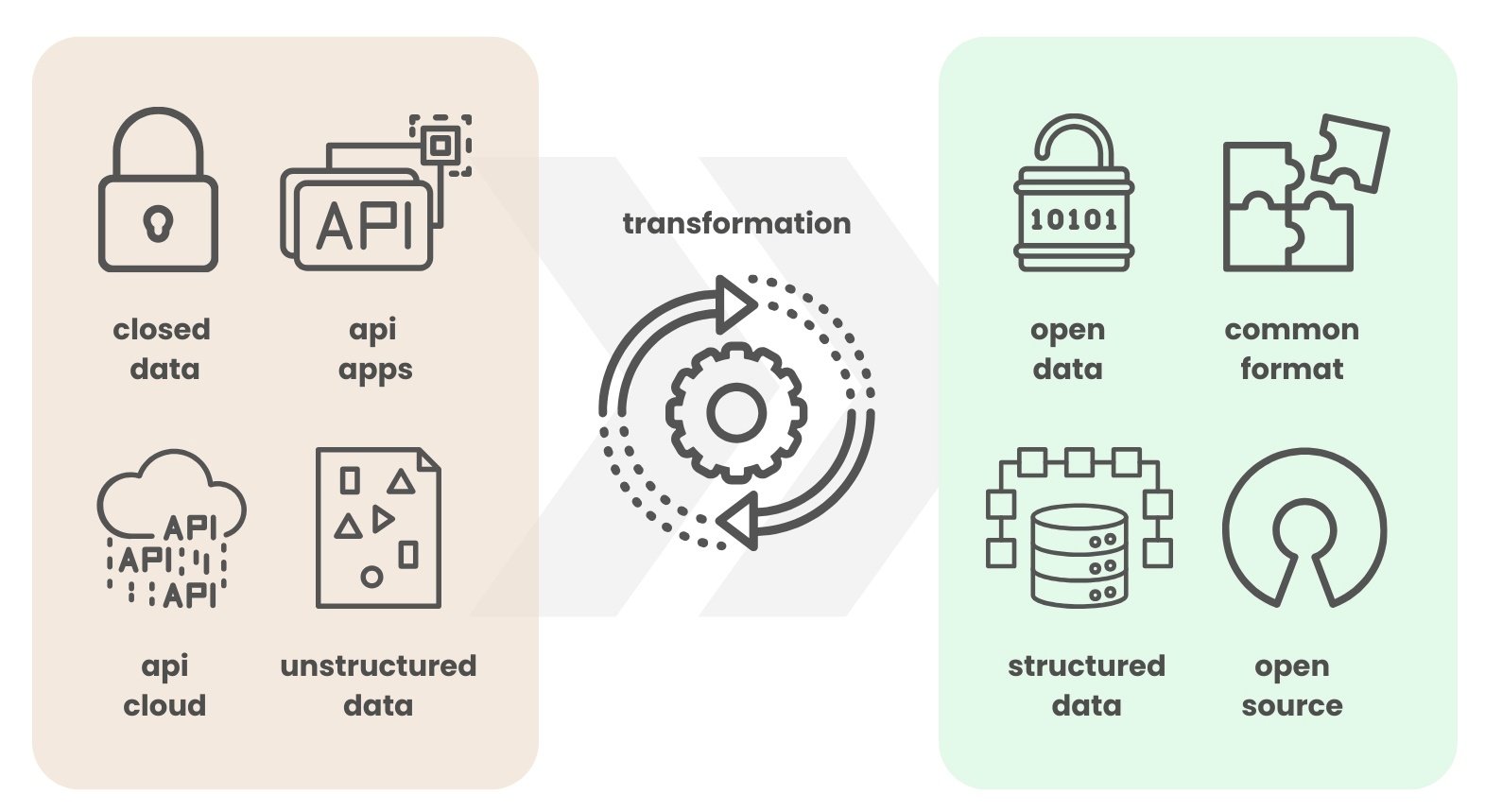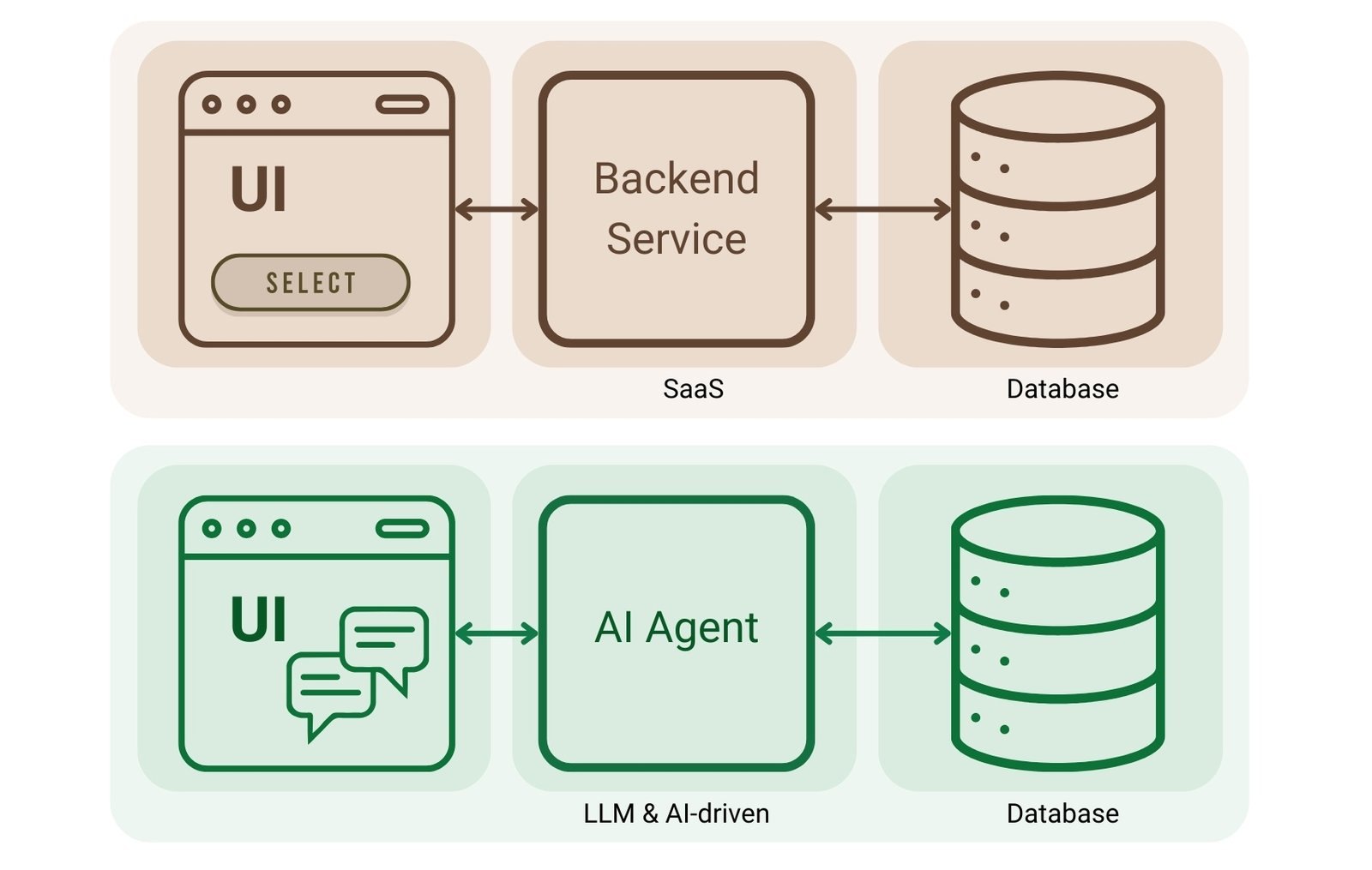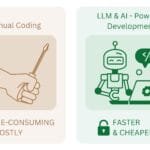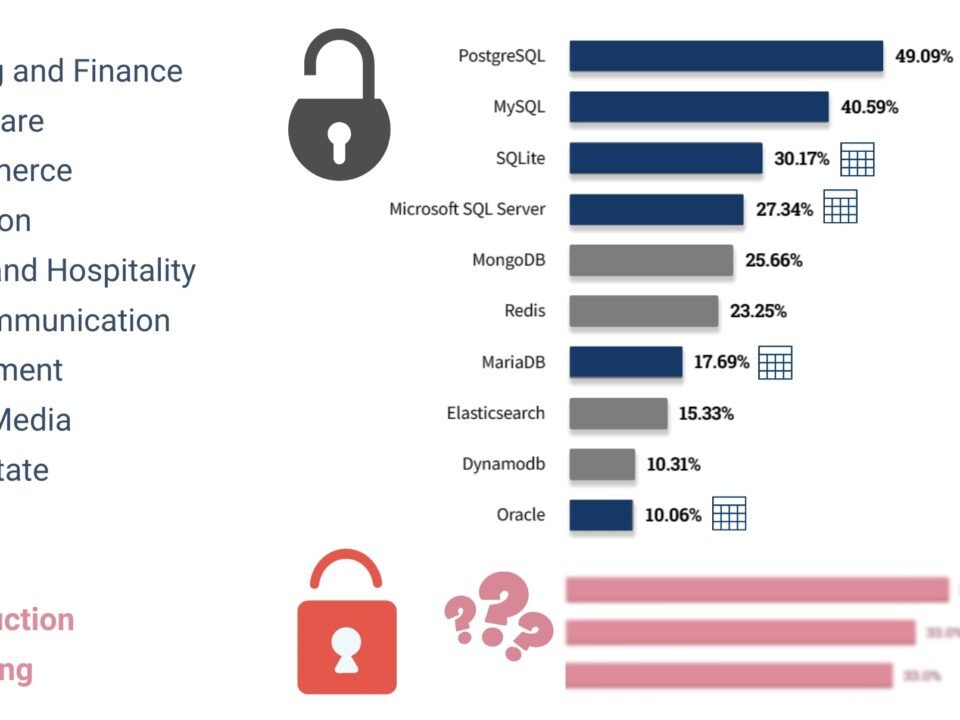While in past decades business sustainability was largely determined by the choice of software solutions and dependence on specific vendors, in today’s digital economy the key factor is data quality and the ability to work with it effectively. Open source code is an important part of the new technological paradigm, but its potential is only truly unlocked when data is understandable, organized and machine-readable. Among all types of data models, structured open data is becoming the cornerstone of sustainable digital transformation.
The main advantage of structured open data is unambiguous interpretation and the possibility of automated processing. This allows for significant efficiency gains both at the level of individual operations and across the organization.
According to Deloitte’s report “The Data Transfer Process in Enterprise Transformation“(Deloitte, “The data transfer process in corporate transformations,” 2021), working with IT to manage the transfer of structured data is critical. According to the UK government report “Data Analytics and AI in Government Project Delivery” (2024) (gov.uk, “Data Analytics and AI in Government Project Delivery,” 20 Mar. 2024), removing barriers to data sharing between different projects and organizations is key to improving efficiency in project management. The document emphasizes that the standardization of data formats and the introduction of open data principles can avoid duplication of information, minimize time loss and improve the accuracy of forecasts.
For the construction industry, where traditionally a high degree of fragmentation and diversity of formats prevails, the structured-unification process and structured open data play a crucial role in shaping harmonized and manageable processes (Fig. 4.1-14). They allow project participants to focus on improving productivity rather than on solving technical problems related to incompatibilities between closed platforms, data models and formats.

Modern technology tools, which we will further discuss in detail in the book, allow not just collecting information, but also cleaning it automatically: eliminating duplications, correcting errors, and normalizing values. This means that analysts and engineers are not working with disparate documents, but with an organized knowledge base suitable for analysis, automation, and decision-making.
Make it as simple as you can, but no simpler.
– Albert Einstein, theoretical physicist (ownership of the quote is disputed (“Quote Origin: Everything Should Be Made as Simple as Possible, But Not Simpler,” May 13, 2011))
Today, most user interfaces for working with data can be created automatically – without the need to manually write code for each business case. This requires an infrastructure layer that understands the data structure, model and logic without additional instructions (Fig. 4.1-15). It is structured data that makes this approach possible: forms, tables, filters and views can be automatically generated with minimal programming effort.
The most important user-critical interfaces may still require manual revision. But in most cases – and this is 50 to 90 percent of work scenarios – automatic generation of applications and calculations without the use of special applications for this purpose is sufficient (Fig. 3.2-16), which significantly reduces development and maintenance costs, reduces errors and speeds up the implementation of digital solutions.

The transition from architectures built on individual applications to intelligently managed systems based on language models (LLMs) is the next step in digital evolution. In such an architecture, structured data becomes not only an object of storage, but also the basis for interaction with AI tools capable of analyzing, interpreting, and recommending actions based on context.
In the following chapters, we will look at real-life examples of implementing an architecture based on open structured data and show how language models are applied to automatically interpret, validate, and process data. These practical cases will help you better understand how the new digital logic works in action – and what benefits it brings to companies that are ready for transformation.




















